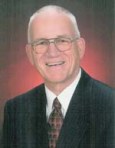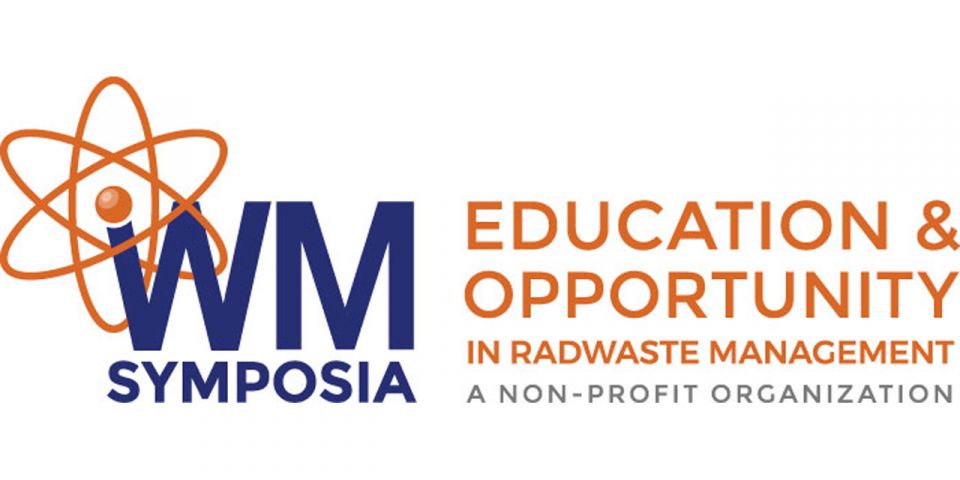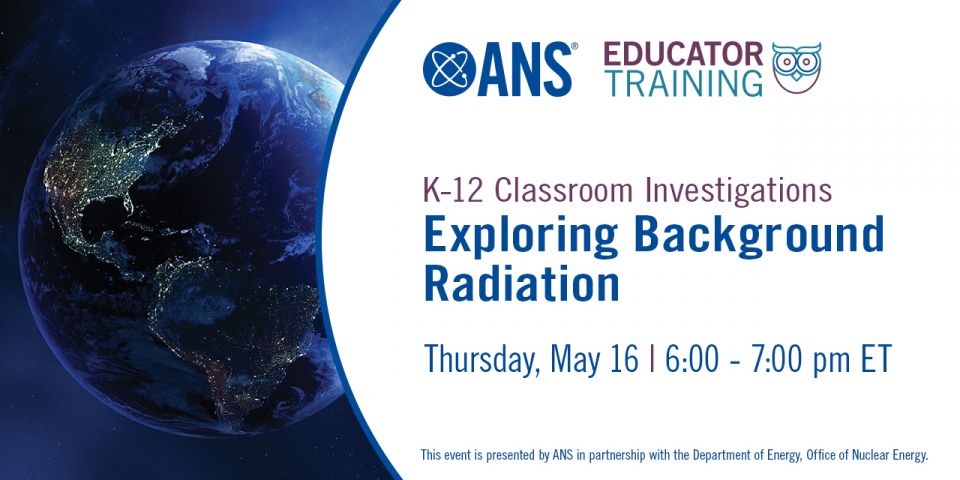Effect of the ANS Social Media List on the Reporting at Fukushima
As many of you know, there is a group of 160 or so people that participates in a sort of online party discussion about nuclear. Basically, anyone in the list can send an e-mail that goes to everyone on the list. Anyone can respond and everyone can see it. It works a bit like a huge cocktail party in that you can participate-or not-in any given conversation. This list serves as a sounding board for ideas, information gathering as there are many technical experts in various areas of nuclear energy, and support for those who are out in the larger world communicating about nuclear.

Yurman
On March 12, 2011, as it was becoming clear that the reactors at Fukushima Daiichi nuclear power site in Japan were having issues, the group starting having more conversations about these events. Many on the list were complaining that the air waves and print media were being dominated by wild speculation of people with a strong anti-nuclear agenda. Finally, one member of the list, my friend, Dan Yurman, put out a challenge to the rest of us. He said, in part:
"IMHO, the nuclear industry needs to be more proactive in getting on the short list rolodex of newspapers like the NYT, WSJ, WP, LAT, USAT, etc. and not carp so much about who reporters talk to.If nukes want to be heard, they need to speak up."
My answer back was:
"I hereby volunteer my services. How do we go about getting on the 'who to call' list?"
Don't ask me why I did that. I was plenty busy with clients and proposals. I guess that I had to put my money where my mouth was. I had lamented for years while employed at a large corporation that we nuclear people needed to be out there talking more, especially in the bad times when large corporations are most prone to silence. Now that I am no longer so fettered, I needed to stand up and speak.
Others did the same. The first calls came directly from reporters who reached out to others who passed them on. Then ANS asked Clark Communications to put ANS members in touch with media folks. Fritz Schneider at Clark coordinated the efforts helping match people to venues, getting regional ANS members to talk to the media in their region, as well as making sure people who were comfortable talking in larger venues were available to the right people at the right time.

Cravens
The Social Media list became the heart of a huge effort to get the facts out there with the media. Gwyneth Cravens did a number of interviews including National Public Radio. Dan Yurman did talk radio interviews with a Toronto station. Meredith Angwin and Howard Shaffer continued to keep the facts straight in the New England area. I ended up on a number of venues, including FOX, CBS, CNN, and NBC. Many more of us did interviews (both background and quoted) for print media reporters including national publications like the NY Times, LA Times, and the Washington Post. Here's a link to the list of interviews that ANS members participated on. It is an impressive list of more than 270 interviews and contacts across the country and it continues to grow.

Shaffer
None of us were paid for these interviews, except perhaps some transportation costs. Most of us took time from our businesses, jobs, and schools to do these outreach efforts and never, ever did anyone tell us what to say. Our words were our own and we talked about what each of us thought was important to say.
Those who could not speak out publicly from the list provided invaluable support to the rest of us with research, facts, figures, and insights into actual plant operations that allowed those of us in the spotlight to speak with confidence, to answer the tough questions, and to make sure the truth was presented to reporters. We didn't always get the right message on the air or into the print articles, but each time we connected with a reporter, a journalist, or an interviewer, we injected truth into the situation, we left that person a little more educated about nuclear power, and perhaps a little more thoughtful and a little less fearful.

Angwin
This is a powerful presence out there in the land of sound bites and instant gratification. We were talking to people at the most influential papers and news outlets in the country, places like CNN, FOX, NBC, NPR, NY Times, and the Washington Post. We spoke to people at all points on the political spectrum. By speaking the truth in verifiable ways, demonstrating expertise, and having our statements born out in the events in Japan, we changed the way these outlets reported this event. The reporters we talked with and influenced reported more factually, with more balance, with less hysteria.
The conversation has already started about how the future should look for nuclear and whether Fukushima should be the end or the beginning of a true nuclear renaissance in the United States. The answer to that question is not yet known, but rest assured, the American Nuclear Society and the coterie of folks on the Social Media list will be a part of the conversation and will continue to make a difference.

Harding
Margaret Harding has almost 30 years of experience in the nuclear industry in technical design, licensing, and quality issues. She worked for GE-Hitachi for 27 years with positions of increasing responsibility, leading to vice president of Engineering Quality. Two years ago, she left GE-Hitachi to start her own consulting business to help companies with business ventures in the nuclear industry. She is a guest contributor to the ANS Nuclear Cafe.





